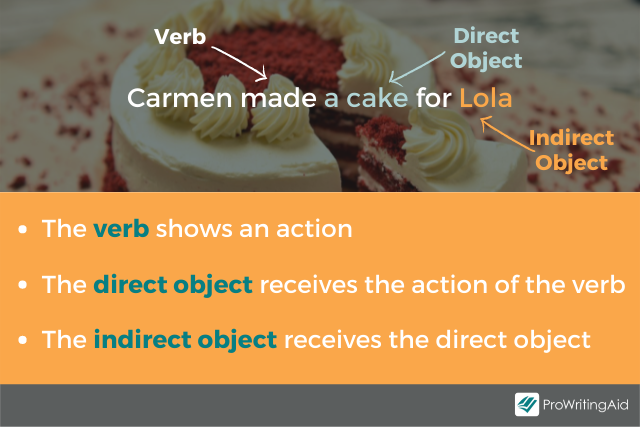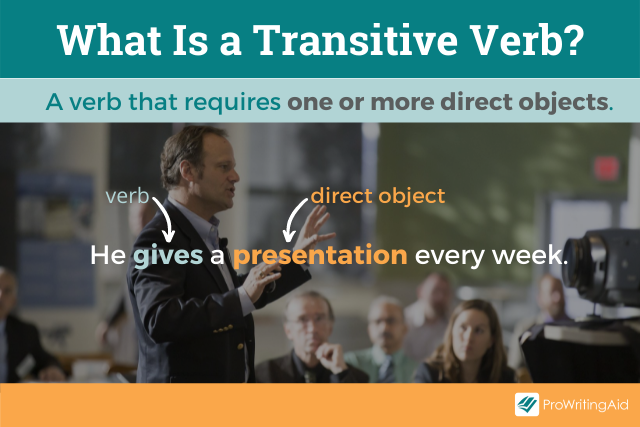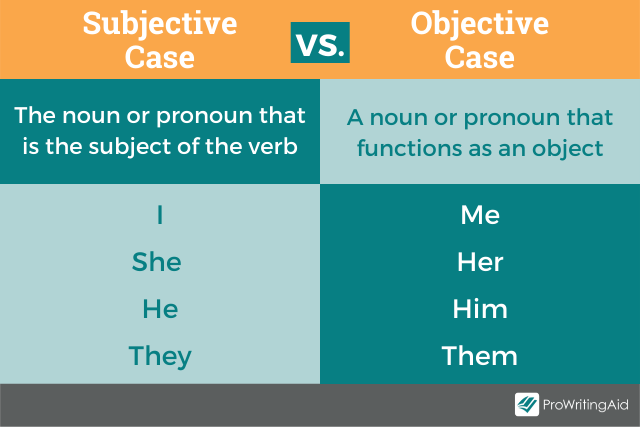
Have you heard about the drama in the grammar world?
Indirect objects won’t go anywhere unless a direct object is there, and direct objects want nothing to do with intransitive or linking verbs.
Let me fill you in on the details so we can get a handle on the situation!
What Is an Indirect Object?
An indirect object is the noun or pronoun for whom the action of a verb is completed. It is the receiver of the direct object.
I realize that is not a very user-friendly definition, as is often the case with grammar terms. Fortunately, we don’t have to rely on that definition alone. Let me demonstrate!
In this sentence, them is the indirect object:
- I showed them a movie.
Them is the pronoun for whom the verb (showed) was completed. So what does that make the movie? I’m glad you asked. The movie is the direct object.

What Is a Direct Object?
A direct object is what receives or experiences the action of the verb.
To find a direct object, first find your verb, such as passed, and then ask:
- Passed what?
- Passed to whom?
- Who or what was passed? (Either question format works)
The answer is the direct object.
In the example above, movie experiences the action of the verb. It’s a movie that has been shown.
You need to know what a direct object is in order to understand what an indirect object is. An indirect object only exists in a sentence if that sentence also contains a direct object.

How Do You Identify an Indirect Object?
To lighten up the grammar demonstration, which can often feel tiresome, let’s infuse some movie magic into the lesson.
See if you can recognize the movies referenced as an added challenge.
To review: the indirect object is the noun or pronoun for whom or to whom the action of the verb is completed.
It receives the direct object (they were shown a movie).

In these movie examples, ask to whom or for whom the action of the verb is completed.
- Obi-Wan gave Luke Skywalker a lightsaber.
Indirect Object: Luke Skywalker. He is the noun for whom the verb (gave) was completed.
- Jack offered Rose the life-saving wooden door.
Indirect Object: Rose. She is the noun for whom the verb (offered) was performed.
- Ally wrote Jackson a song.
Indirect Object: Jackson. He is the noun for whom the verb (wrote) was completed.
Finding the Direct Object
To find the direct object, ask who or what received or experienced the action of the verb.
In the first sentence example, the verb is gave. Obi-Wan is performing the verb; he is the subject of the verb gave. Who or what he gave is the direct object.
In this sentence, the direct object is lightsaber, since that is what Obi-Wan gave. Then, to find the indirect object, we ask to whom or for whom was the the direct object, the lightsaber, given. Who or what receives the lightsaber?
Luke it is.

In the second sentence example, the verb is offered. Who or what was offered? The wooden door.
The wooden door is the direct object. To whom was the door offered? Or who received the door? Rose—she is the indirect object.
This is probably getting easy for you now, but let’s finish the third example anyway.
In the third example, the verb is wrote. What was written? The song.
The song is the direct object. For whom was the song written? Or who received the song? Jackson—he is the indirect object.
Does Every Sentence Have an Indirect Object?
Nope.
Indirect objects do not make an appearance in every sentence.
For one thing, they only exist in sentences that have direct objects.
Since the indirect object receives the direct object, if there’s no direct object, then there is no one or no thing needed to receive it.
Second, direct objects and intransitive verbs do not associate with each other. I don’t know the history of that drama, but it has existed for as long as grammar has.
Direct objects only interact with transitive verbs.

Rules for Indirect Objects
Only Transitive Verbs Have Direct and Indirect Objects
Transitive verbs are verbs that can take a direct object. The actions of transitive verbs must done to someone or something. The meaning of the verb is incomplete without an object.
For example, “put” is a transitive verb. If I tell you “Put!” Your response would be “Put what? Put it where?”

Intransitive verbs are verbs that make sense without an object, e.g.:
- Johnny and Dally died.
- Andy Dufresne escaped.
- Run, Forrest, Run!
In those examples, the verb is not being performed to or for something.
There is no direct object to receive the action of the verb, and therefore no indirect object to receive the direct object.
And it doesn’t end with intransitive verbs. Linking verbs and objects don't appear in the same sentences either. Indirect objects need direct objects and direct objects need action.
Linking verbs do not show any action; rather, they connect, or link, the subject of a sentence to the rest of the information in the sentence.
- Michael Myers is a deranged killer.
- Ron Stallworth was the first Black man to serve in the Colorado Police Department.
- I’m Batman
Pronouns That Are Indirect Objects Take the Objective Case
Both nouns and pronouns can be direct objects. When a pronoun assumes that role, it must do so in its objective case.
Pronouns that serve as the subject of verbs, which means they perform the verb, take the subjective case. Those that are objects of verbs, indirect object pronouns, take the objective case.

Examples of pronouns as the indirect object:
Rocky gave him a knockout punch.
The Evil Queen served her a poison apple.
Mayella Ewell told them a terrible lie.
The famous shower scene gave me a feeling of terror.
Indirect Objects Are Not Part of Prepositional Phrases
Sometimes, it’s easy to mistake the object of a prepositional phrase for an indirect object. Both of those “objects” provide similar information in a sentence.
The object of a preposition can explain to whom or for whom the action of a verb is completed, but grammatically speaking, it is not the same thing as an indirect object.

The object of a preposition follows a preposition, while an indirect object follows a transitive verb.
In these sentence pairs, the first example includes a prepositional phrase, and the second includes an indirect object, using object pronouns.
Examples of prepositional phrases:
- Andy gives his childhood toys to Bonnie.
- Elliot feeds Reese Pieces to E.T.
- The Genie grants wishes to Aladdin.
Examples of indirect objects:
- Andy gives Bonnie his childhood toys.
- Elliott feeds E.T. Reeses Pieces.
- The Genie grants Aladdin wishes.
Practice Finding Indirect Objects
Let’s put your expertise into practice. Can you identify the indirect object in each of the following sentences?
Joe Fox sends Kathleen Kelly an email.
Westley gives Vizzino poison.
A serial killer mails a San Francisco newspaper mysterious, coded letters.
Hannibal Lecter offers Clarice Starling a “quid pro quo.”
Robinson tossed Ed Charles a baseball.
Minny baked Hilly a “chocolate” pie.
Min-hyuk gives the Kim family a scholar’s rock.
Three men throw their friend Doug a Las Vegas bachelor party.
Cole Sear tells Dr. Malcolm Crowe “I see dead people.”
Mufasa makes Simba a promise.
Answers: 1. Kathleen Kenny, 2. Vizzino, 3. a San Francisco newspaper, 4. Clarice Starling, 5. Ed Charles, 6. Hilly, 7. the Kim family, 8. Doug, 9. Dr. Malcolm Crowe, 10. Simba
Indirect Objects and Your Writing
Knowing what an indirect object is and how to use it can help you add specificity to your writing by providing more description about an action.
The more you understand the different parts of sentences, like direct and indirect objects, the more variety you can put into their structure.
Sentences that follow the same rhythm, one after another, become dull.
For more help bringing variety to your sentence structure, use ProWritingAid’s Sentence Report.
It will let you know if your work is becoming monotonous. Who knows—perhaps adding an indirect object will help!




